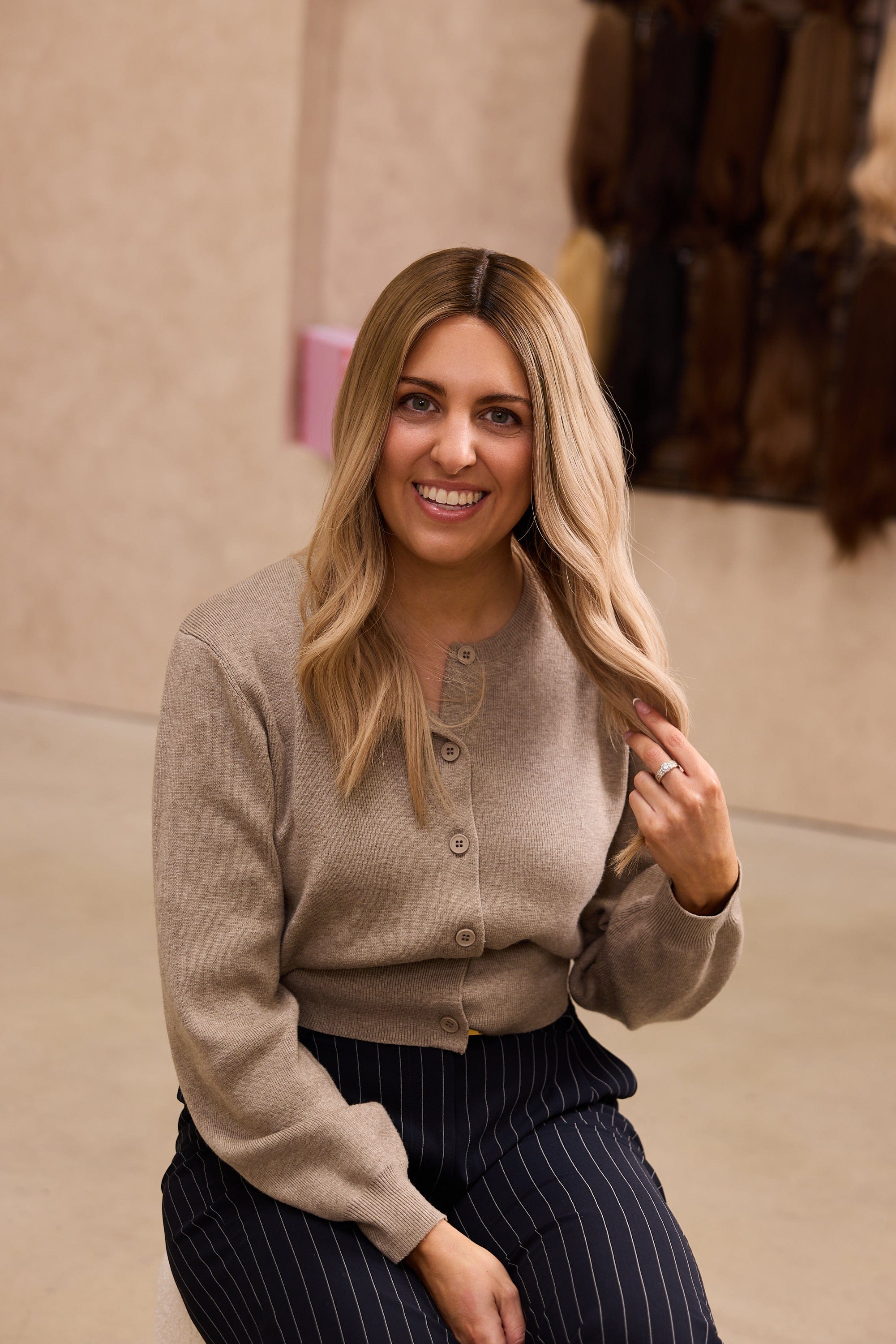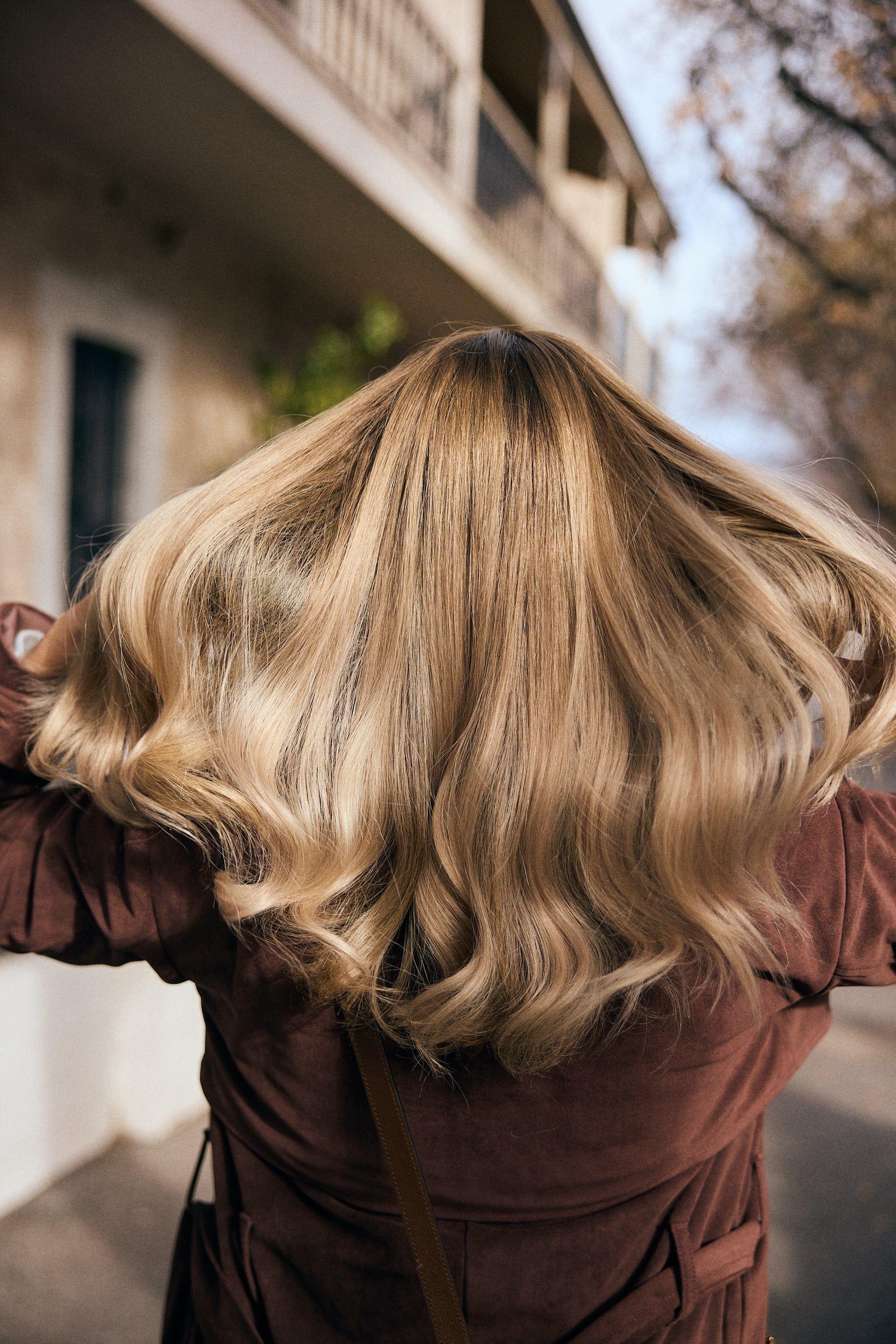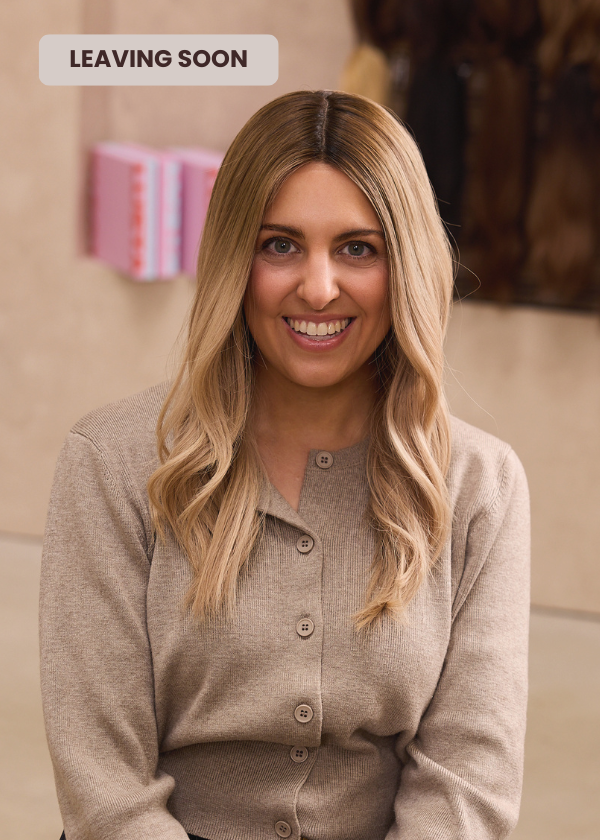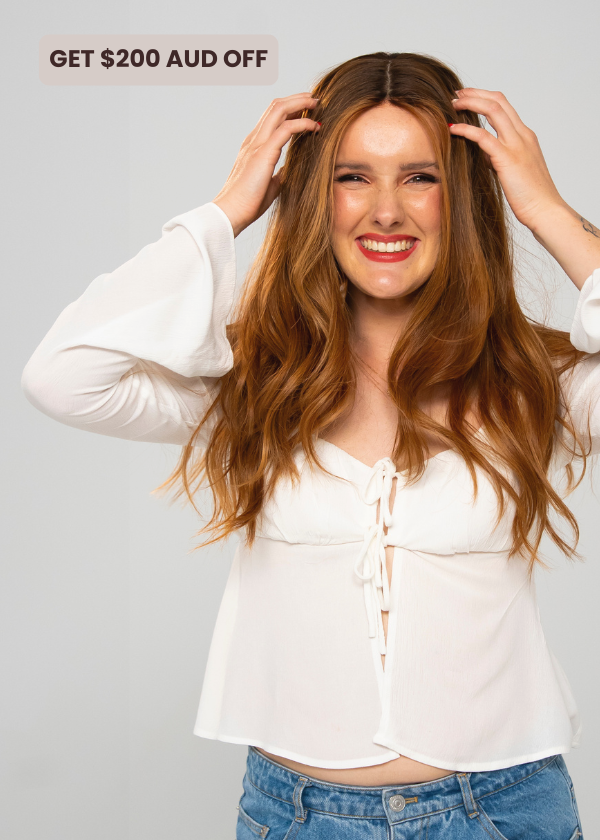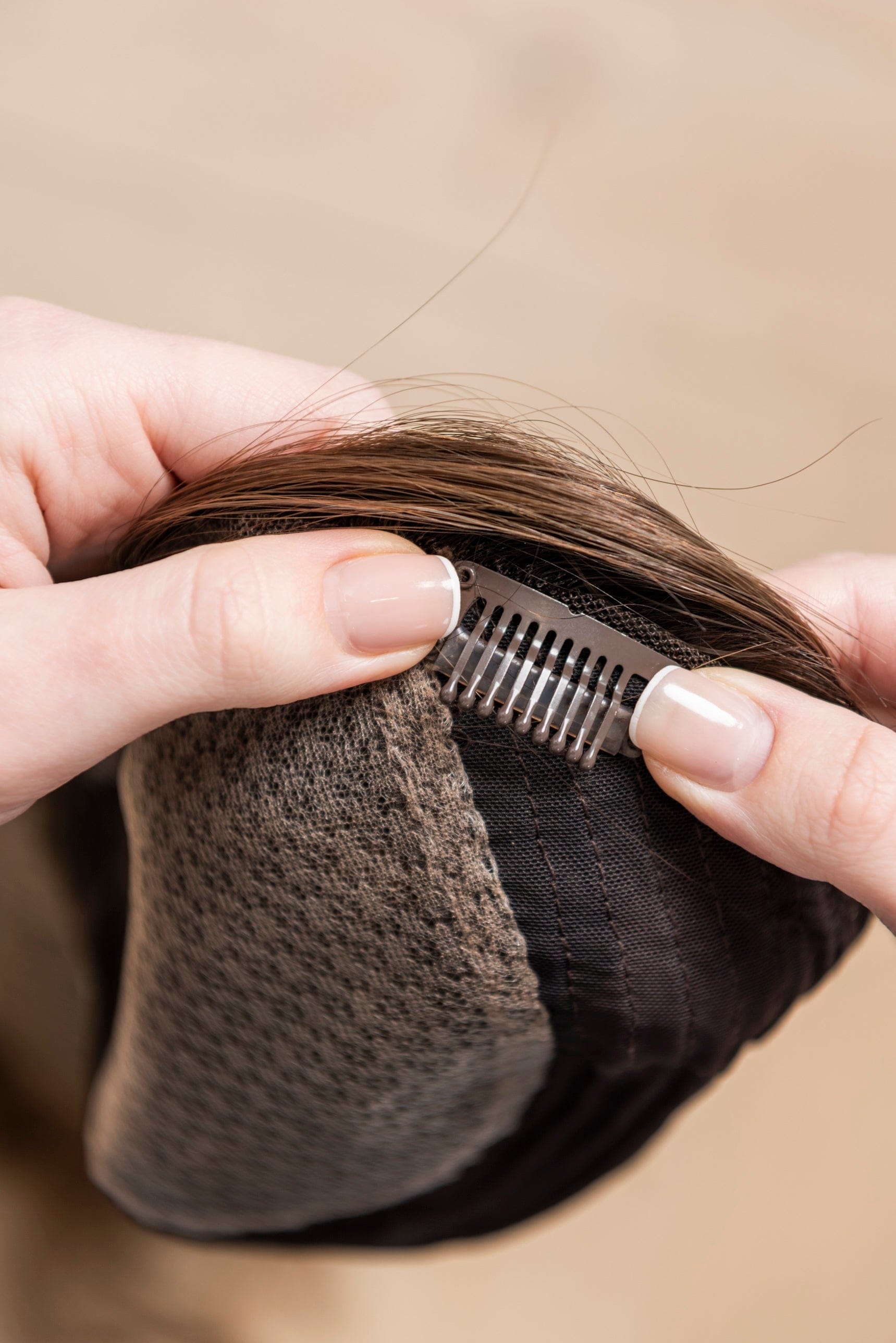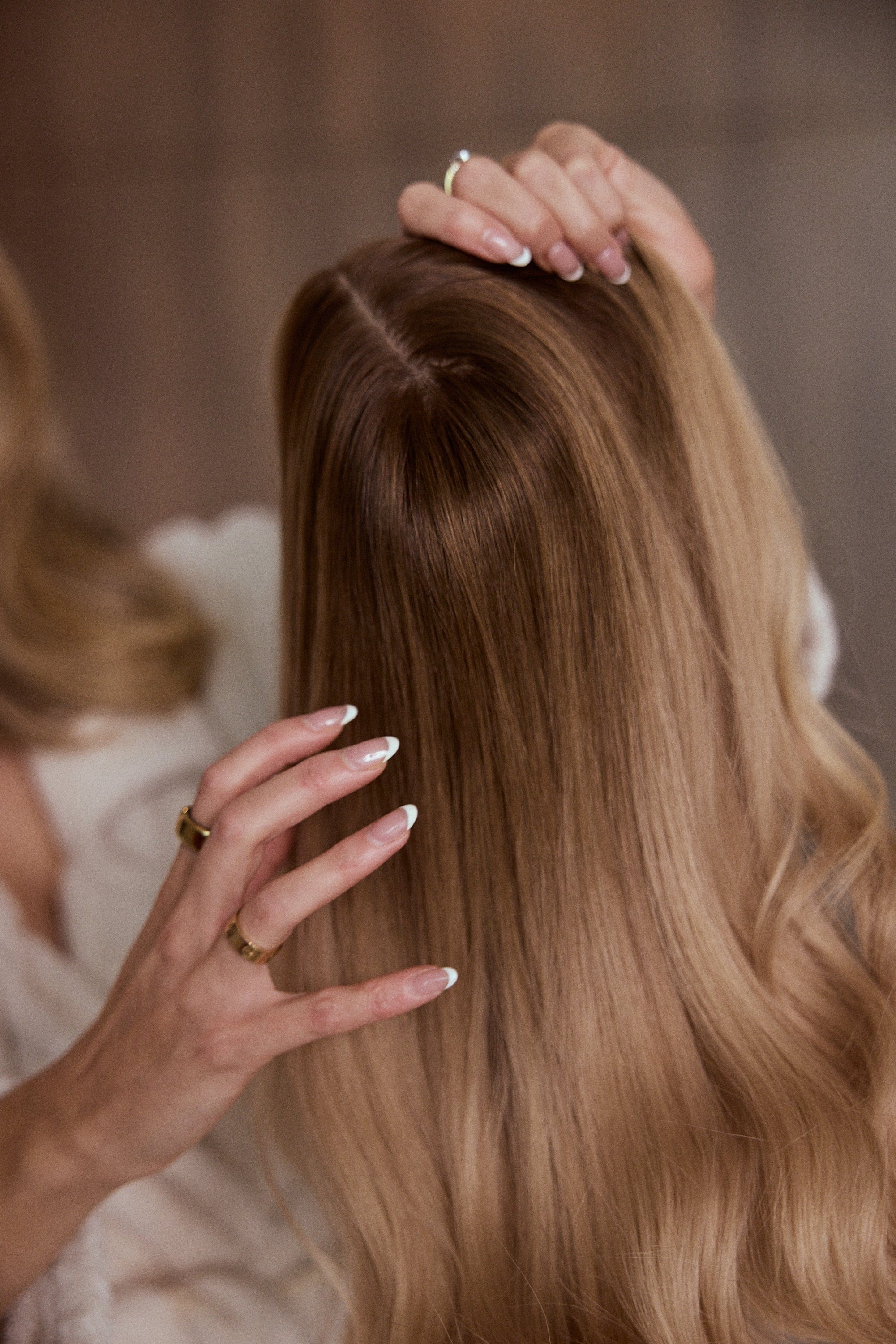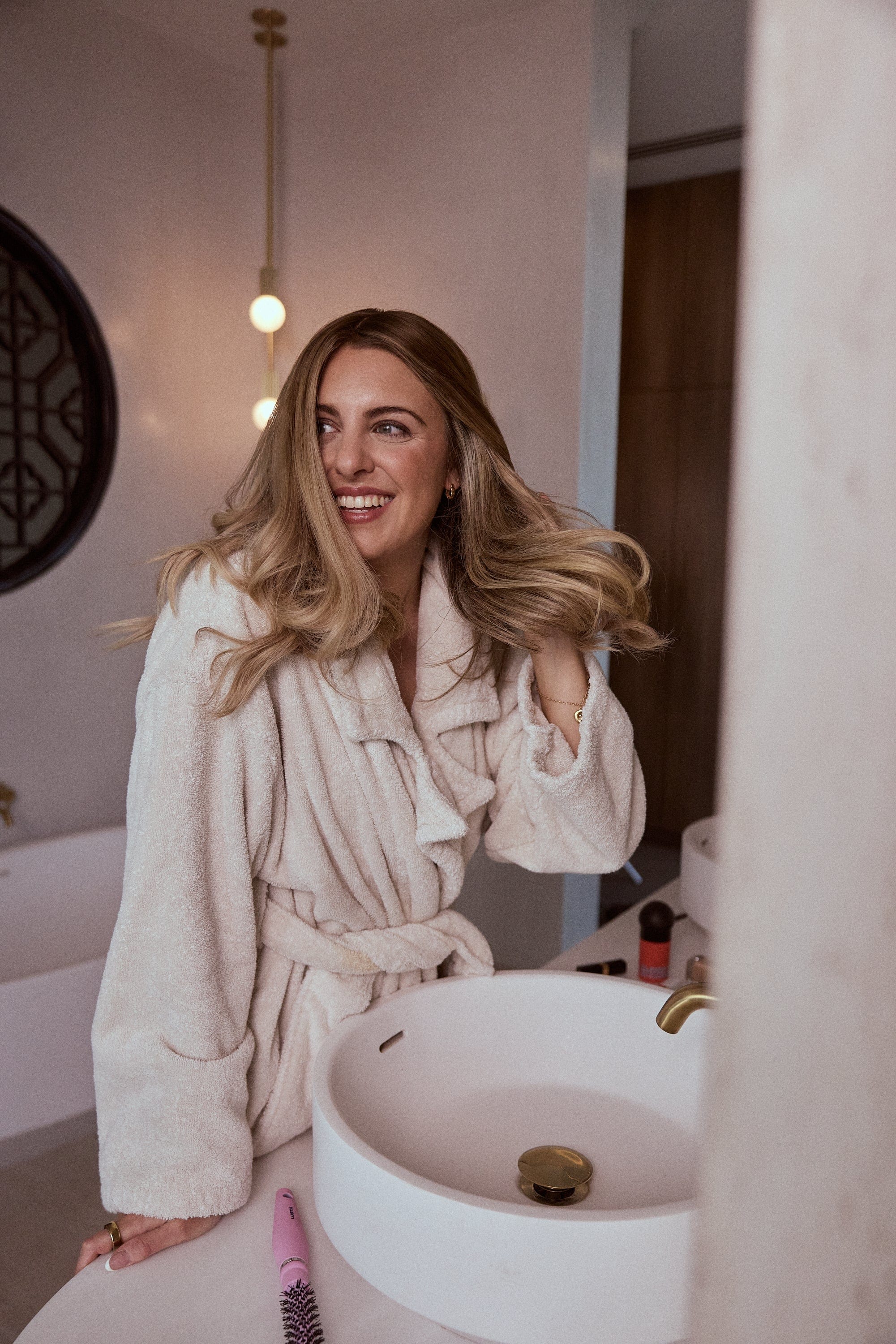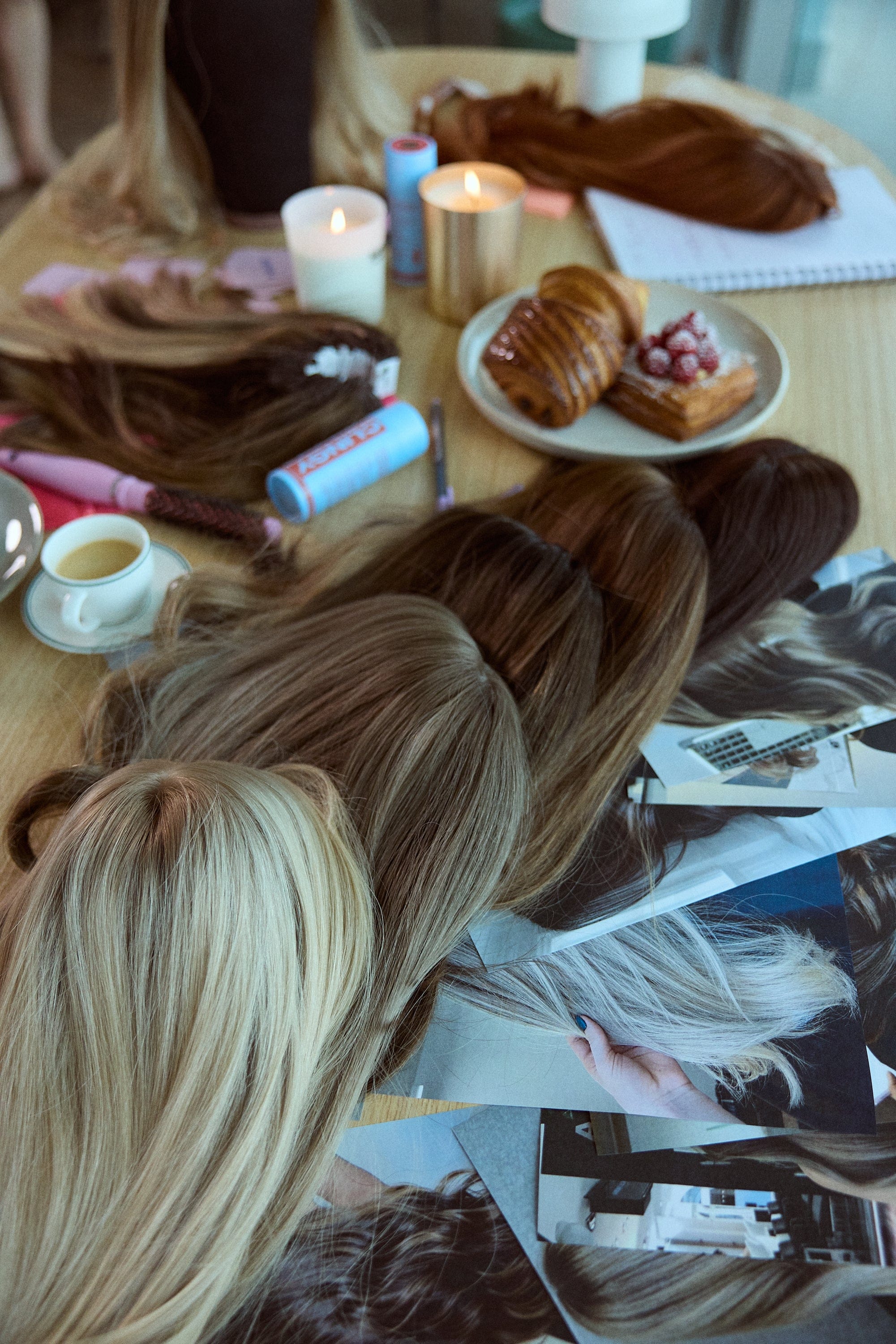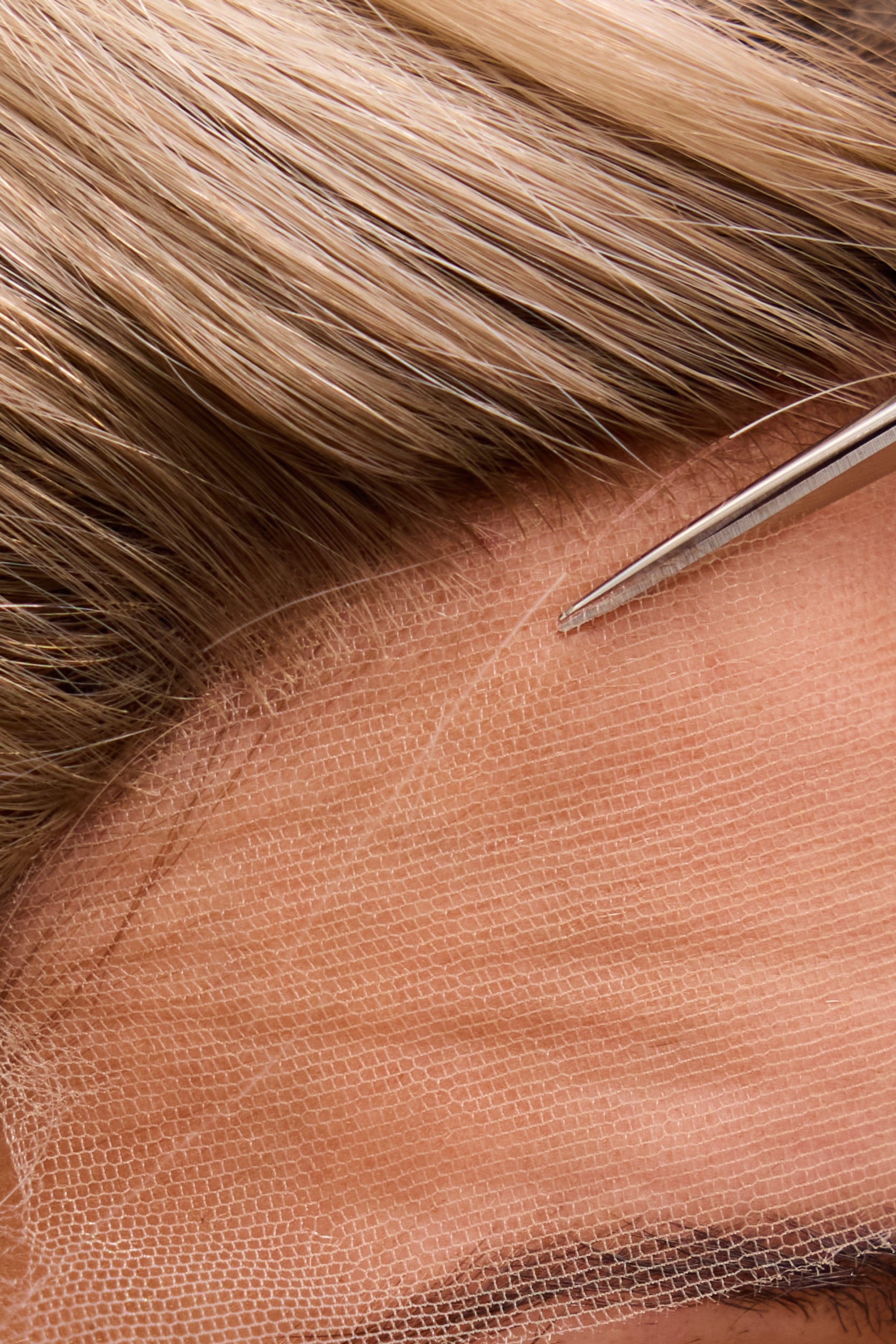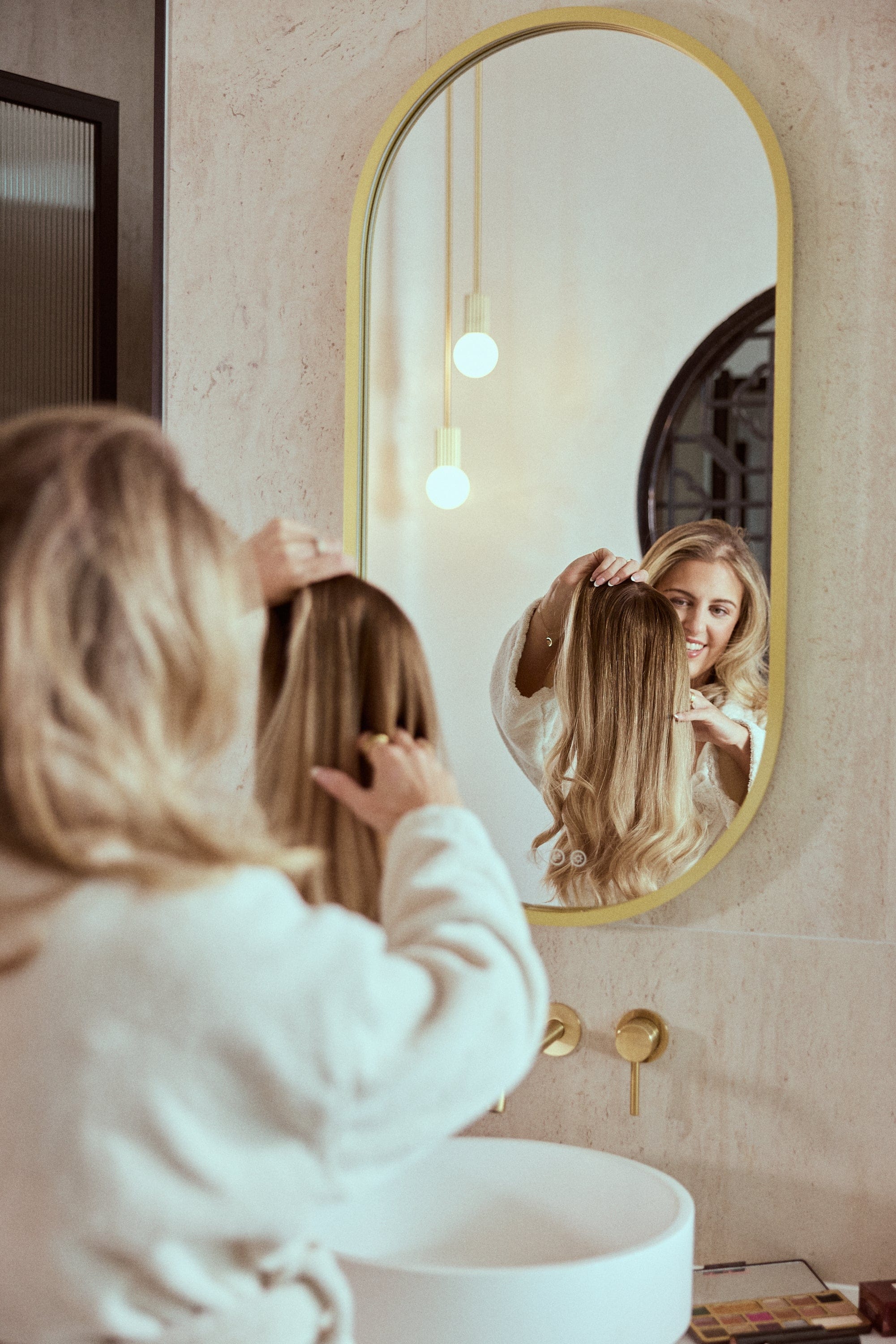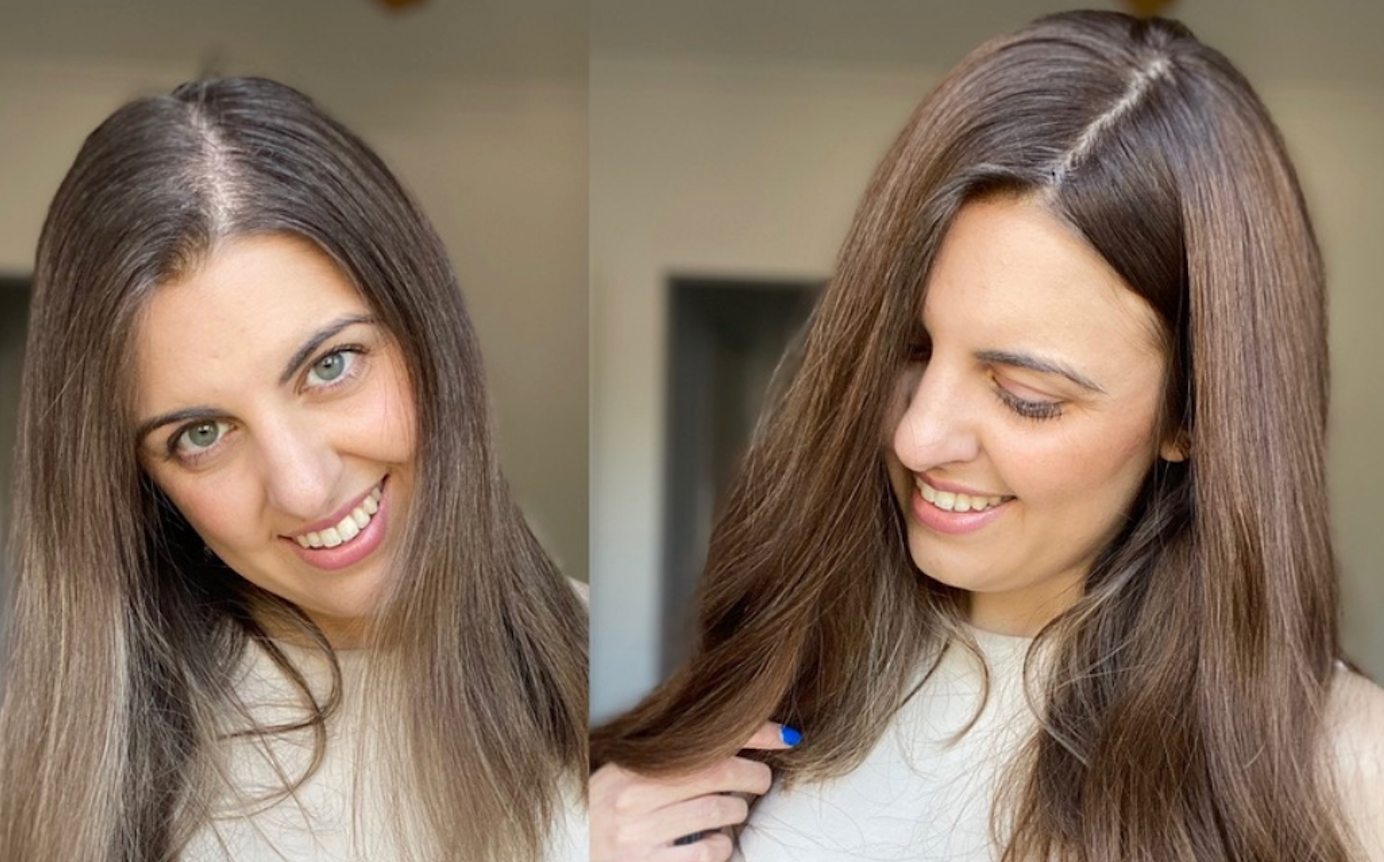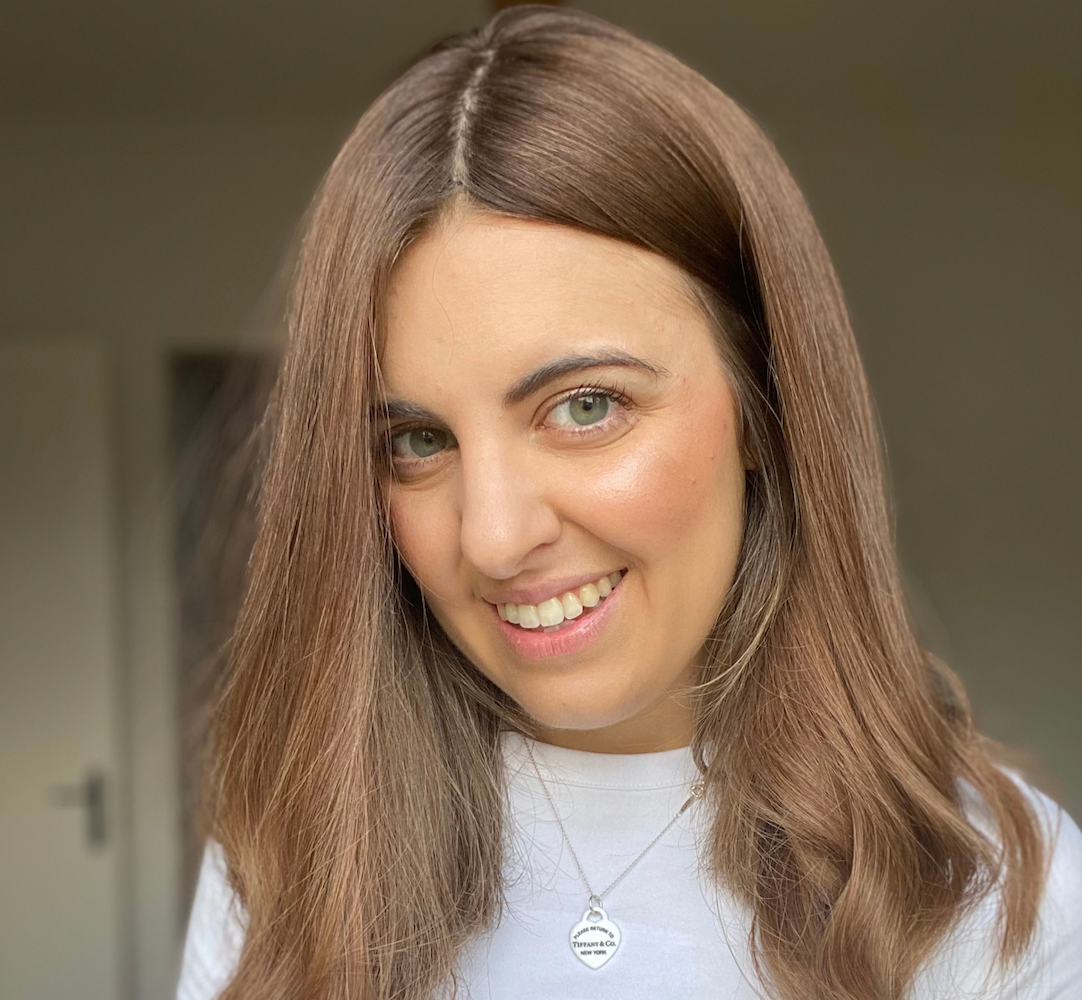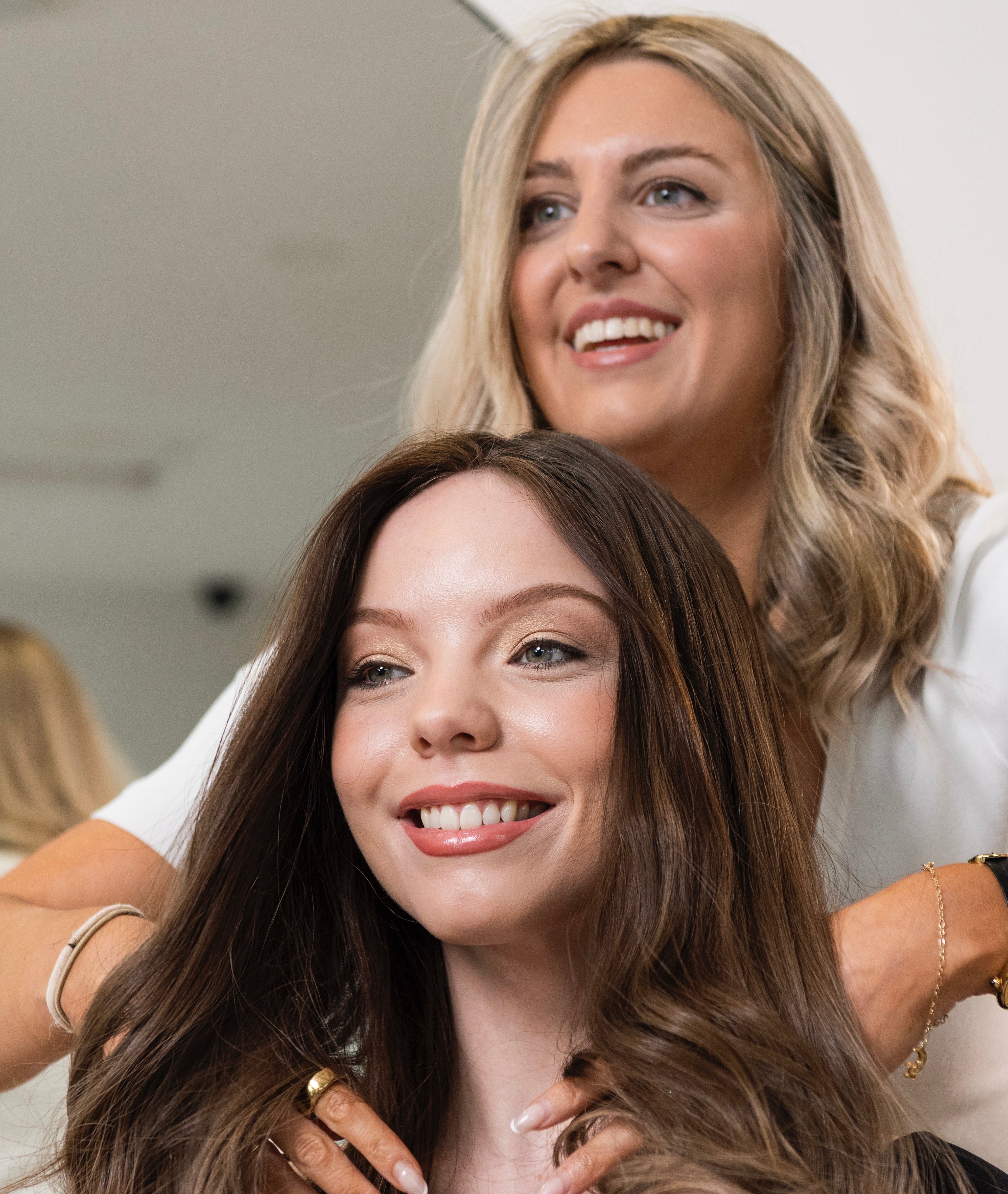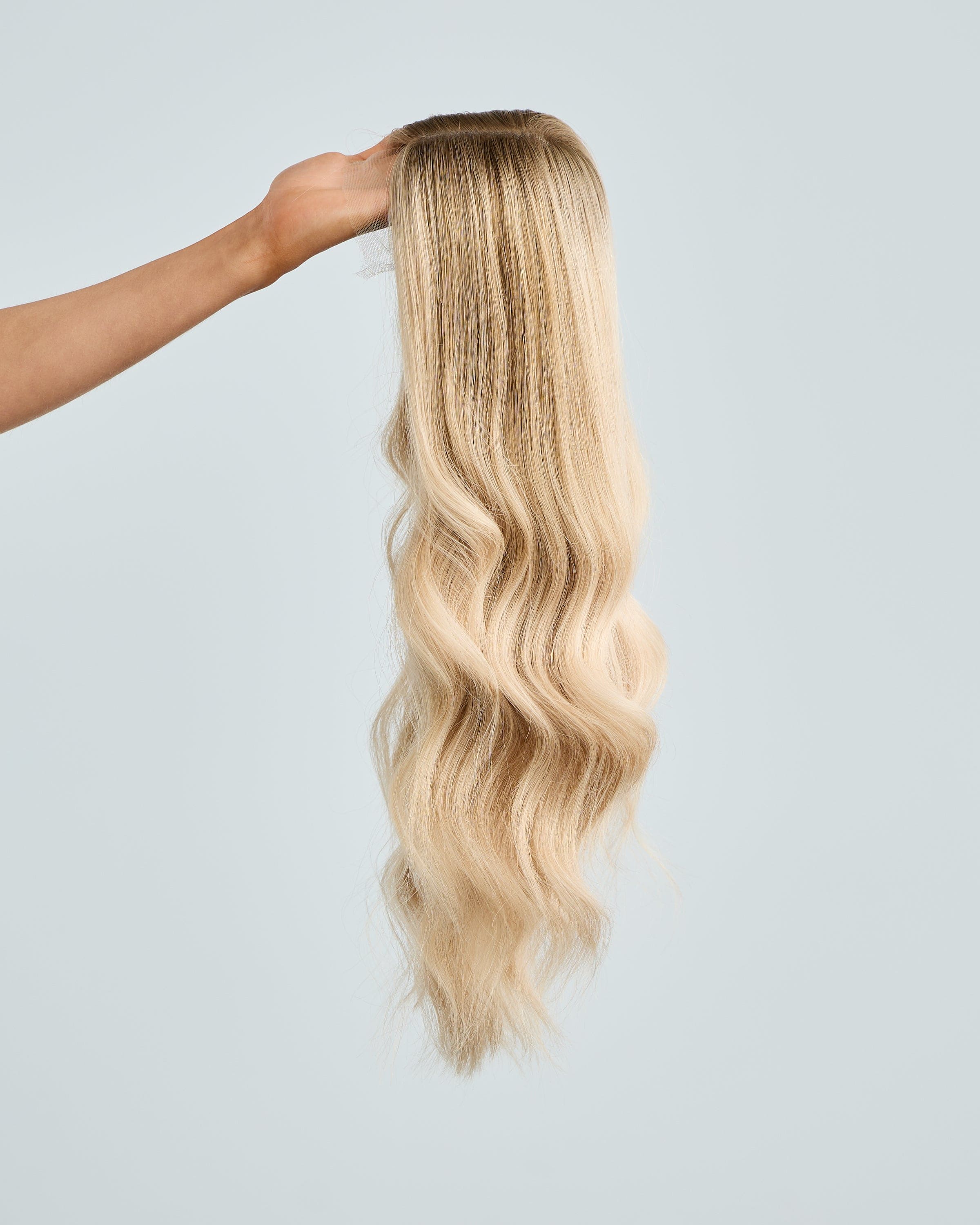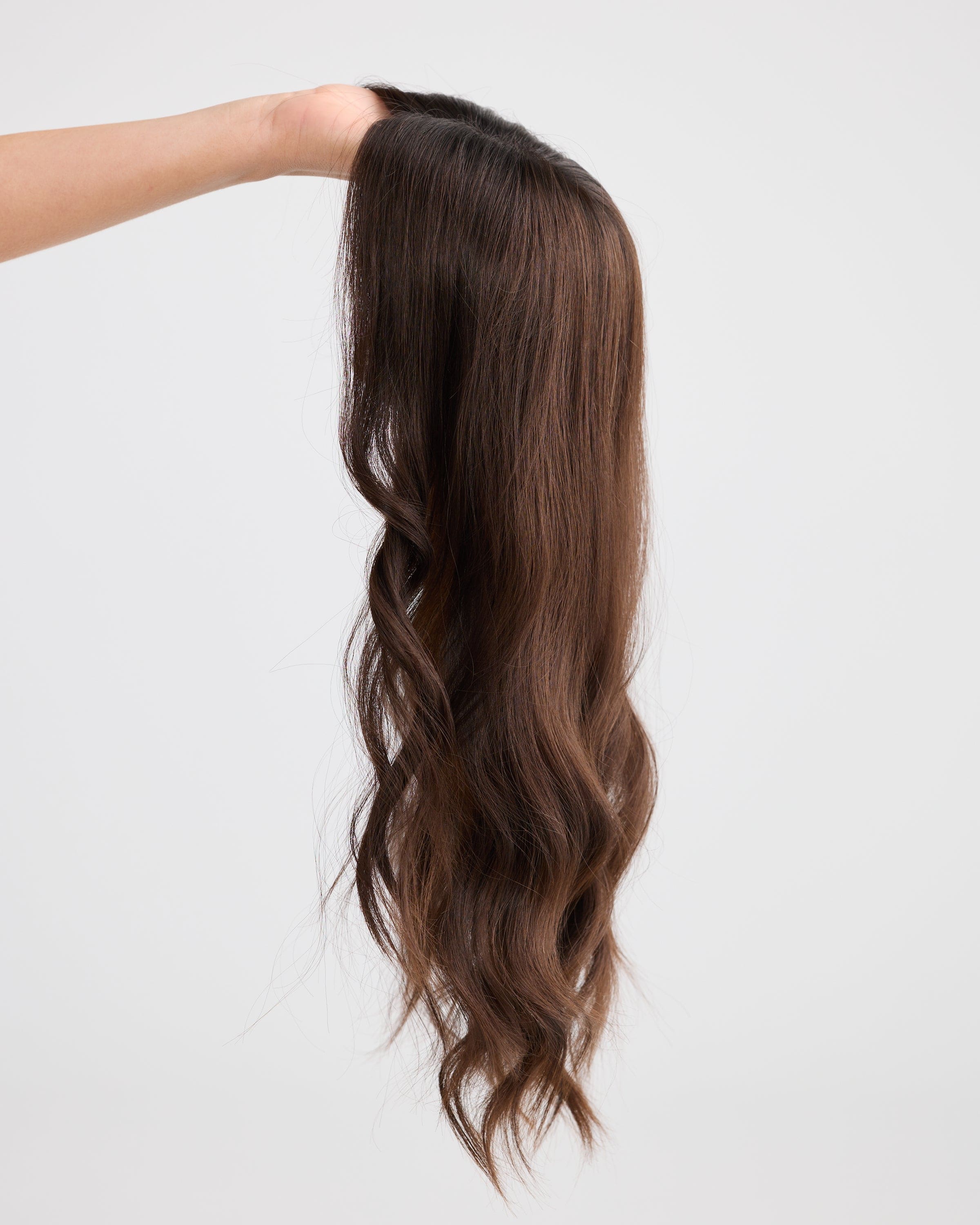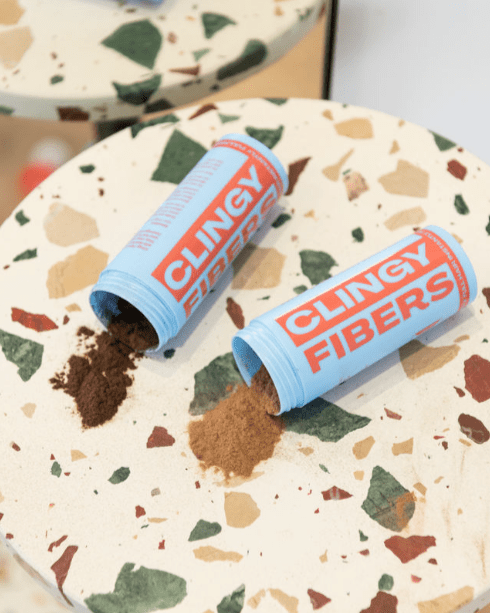What is a hair topper?
Imagine catching your reflection, seeing a full head of hair cascading over your shoulders, and feeling like the best version of yourself again. I'm talking about a feeling where you don't constantly check whether your carefuly executed hair-do is still in place or if your sparse patches are visible. Enter: hair toppers. A seriously game-changing solution for hair loss.
So, what is a hair topper? Think of it as hair extensions that also cover the crown of your head (the area where most of us experience hair loss). The topper clips into your own hair and you blend your own hair with the topper to make it look ultra realistic.
How does a hair topper work?
I get it, trust me. Scrolling through those before and after photos, it's almost mind-boggling how hair toppers seem to perform wonders. It's as if they have some hidden sorcery behind them. And every time I see those results, I can't help but think, "Is this real?" But, let me pull back the curtain and share the magic trick with you.
The process is far simpler than one might imagine. First, you'll take the hair topper and align it over your natural hair. The key here is to ensure that the part line of the topper perfectly coincides with your own hair's parting. It's like fitting two puzzle pieces together; once they match, everything else falls into place.
Once you've nailed the positioning - and take your time with this, because it's the foundation of the transformation - you'll secure the topper using its unique Pressure Sensitive Clips. These aren’t your regular hair clips; they're designed to hold the topper securely without causing any discomfort or damage to your natural hair.
But here's where the true artistry comes in. With a gentle hand and a good quality brush, you'll start blending the hair from the front of the topper with your own strands. This step is crucial because it's what ensures that seamless transition. It's all about making sure that there's no visible line of demarcation between where your natural hair ends and the topper takes over.
In essence, while the process might sound straightforward, the magic lies in the details and finesse. When done right, the result is a flawless, voluminous look that would make anyone do a double-take. And just like that, the secret's out! But remember, like all great magicians, it's the practice that perfects the trick.
But, we think it's better for you to see in action. Check out these videos 👇
How Does a Topper Work?
Blending a Topper
Who can wear hair toppers?
Hair toppers have revolutionized the way many individuals approach hair loss and the desire for added volume. Suitable for almost anyone, they cater to a myriad of needs and situations. Everyone's hair journey is unique, with varied experiences, emotions, and challenges. Some might be going through temporary phases of hair loss, such as Telogen Effluvium or the postpartum shedding that many new mothers face. For others, the journey might be a bit more prolonged, grappling with conditions like androgenic alopecia.
However, it's essential to note that not all hair-related desires stem from hair loss. Some individuals opt for hair toppers merely to add a touch of volume, body, or length to their natural hair. It's a way to play with your look without committing to drastic changes.
The beauty of hair toppers lies in their versatility. They're not limited to a specific hair loss threshold. Whether you're experiencing mild thinning or more noticeable patches, there's likely a topper out there tailored for your needs. The key is to find the right fit and style that seamlessly blends with your natural hair.
However, as adaptable as hair toppers are, they do have their limitations. For instance, women without a hairline or those with complete hair loss won't opt for hair toppers. This is simply because toppers, by their very nature, require some amount of existing hair to clip onto. My friend Holly is a classic example. Holly doesn't have any hair herself, so hair toppers won't work for her. Instead, Holl wears wigs.
Are hair toppers the same as wigs?
It's a common misconception that often leads to some confusion. Both wigs and hair toppers have on ultimate goal: To give you the hair of you dreams. However, the way they achieve this and their specific applications are quite different.
Hair toppers, as their name suggests, typically sit on the top portion of your head around your crown. Their cap is much smaller than a wig. At Lusta, we have three topper cap sizes; 7"x7", 8"x8" and 9"x9". They are expertly crafted to blend seamlessly with your natural hair, making them perfect for women with thinning hair or partial hair loss on the crown of their head. They integrate with your own hair to make it appear like you have a full head of lusciously thick hair.
Wigs, in contrast, are a more all-encompassing solution. Designed to cover the entire scalp, wigs are ideal for those with significant hair loss or those who desire a completely different hairstyle without committing to a permanent change. They offer an entirely new canvas, so to speak, allowing wearers to switch up their look entirely. You don't have to have any of your own hair to wear a wig.
Are hair toppers better than hair extensions?
Hair extensions are like the fun cousin who’s great for parties but might not be there for the deep talks.
Hair extensions add length and fullness to your hair, but they don't cover the crown of your head (where most of need the extra hair).
I actually wore hair extensions for YEARS before I began wearing hair toppers. They were great for a while, but my hair soon became too thin to cover the wefts of the extensions.
Hair extensions can also cause something called 'traction alopecia', which is a type of hair loss which occurs due to prolonged tension on your hair. This is because hair extensions work AGAINST gravity- they pull your hair downwards which causes tension.
Toppers, on the other hand, sit on top of your head and don't pull your hair down like hair extensions do.
For me, hair toppers were a non-brainer, but everyone has their own preference.
Does wearing a hair topper cause more hair loss?
It's a concern, right? But here's the truth: quality hair toppers for women are designed with your hair's health in mind. The clips are gentle and won't tug or stress your natural hair. There are some toppers out there that have super harsh clips which can cause traction alopecia over time.
That's why it was so important to me that when designing Lusta hair toppers, I sourced incredibly gentle clips which would not cause any tension or damage to your own hair.
Are there different types of hair toppers?
Indeed! There's a whole world of different topper cap constructions, different hair types, different styles.
I won't go into all of that here, because there's a LOT to learn.
But, if you're ready for a deep dive, check out the links below:
Where to Start with Hair Toppers
Where do you start when looking to buy a hair topper?
The journey to finding the perfect hair topper can be a bit daunting, especially online. But trust me, Lusta has your back. With a world of experience and genuine understanding of hair loss, finding your dream hair has never been easier. Start with understanding your hair's needs, consult with the experts- taking that step for yourself can be life-changing.
Wrapping up, embracing the world of hair toppers can be an empowering step. It’s not just about covering up; it’s about rediscovering that part of yourself. Remember, it's okay to seek solutions, and it's okay to want to feel like the 'you' you remember. In the realm of thinning hair and hair loss solutions, hair toppers are your trusty companion, ready to step in and give you that boost of confidence whenever you need. So here's to fuller, natural-looking hair and feeling on top of the world!


